Everything You Need To Know About Chinese New Year – Fun Facts And Traditions
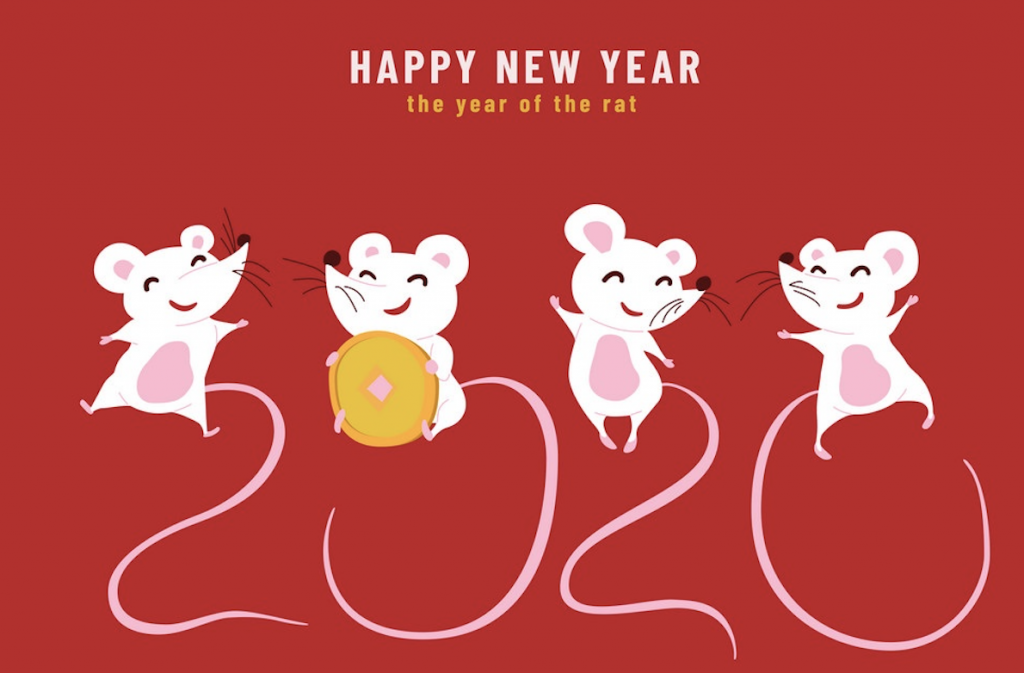
What is Chinese New Year?
Chinese New Year, also known as Lunar New Year or Spring Festival, is the longest and the most traditional Chinese holiday. It is started since the first day of the first month in the traditional Chinese calendar to the Lantern Festival for 15 days. The first day of Chinese New Year begins on the new moon that appears between 21 January and 20 February. In 2020, the first day of the Chinese New Year will be on Saturday, 25 January, initiating the Year of the Rat.
Chinese New Year History
Chinese New Year has a far-reaching history of over 3,800 years. Chinese New Year has evolved over a long period of time and its customs have undergone a long development process.
This holiday is believed to have originated during the Shang Dynasty (1600 to 1046 B.C.) as a spring carnival in which people offered sacrifices to gods and ancestors at the end of the winter, welcoming the arrival of the spring. It became a public holiday in 1914 during China’s Republican period, but celebrations were banned in 1967 during the Cultural Revolution. The festival was later reinstated.
Why is it called Spring Festival?
Though being in winter for most of China, the Chinese New Year is popularly known as the Spring Festival in China. Because it starts from the Beginning of Spring (the first of the twenty-four terms in coordination with the changes of Nature) and marks the end of winter and the beginning of spring.
How is Chinese New Year be celebrated?
1. Catch up with family and friends
Chinese New Year is a time for families to be together. Wherever they are, people will head home, gather with their family and celebrate the festival together.
2. Enjoy A Reunion Dinner
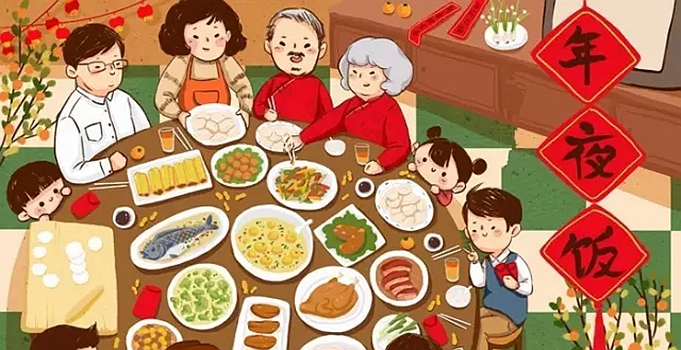
The New Year’s Eve dinner is called ‘reunion dinner’, and is believed to be the most important meal of the year. Most families will celebrate with several generations, they sit at round tables and enjoy the food and time together.
3. Set off firecrackers
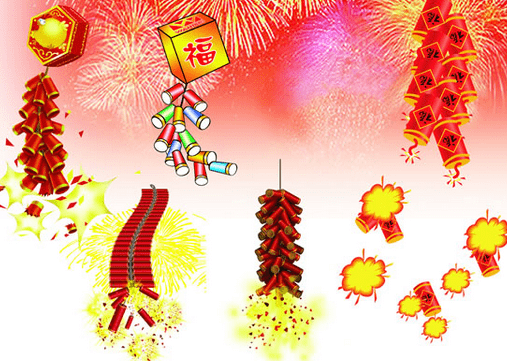
A firecracker or fireworks is a small explosive device primarily designed to produce a large amount of noise, especially in the form of a loud bang.In traditional Chinese culture, firecrackers were originally used to scare away evil spirits.
As the legend goes, a monster called Nian would come out to eat villagers and destroy their houses on each New Year’s Eve. The villagers discovered that burning dry bamboo to produce an explosive sound scared away the monster. Since then, it has become a tradition at Chinese New Year.
Today, lighting firecrackers and fireworks is a major custom to celebrate the coming of the New Year, and also a way to enhance the festive atmosphere.
4. Red envelops (Lucky money)
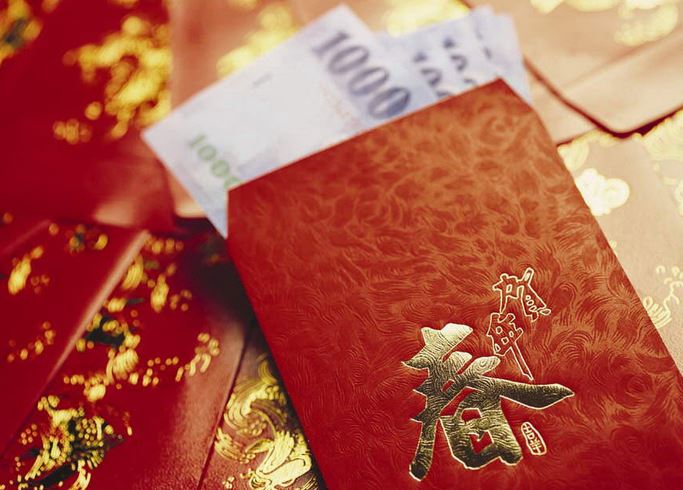
The Chinese New Year red envelope, also known as Chinese lucky money is a traditional gift for children during Chinese New Year. In Chinese, it is called Hongbao or Yasuiqian, meaning “money warding off evil spirits”, and was believed to protect the kids from sickness and misfortune. Sending red envelopes is a way to send good wishes and luck (as well as money).
What is Chinese New Year Tradition food?
Fish
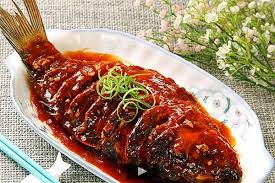
Fish is a must for the Chinese New Year. Why does fish symbolize surplus and wealth? In Mandarin, the word for “surplus” (余, yú) is a homophone of “fish” (鱼, yú). So, fish in China represents an increase in prosperity and there will be surpluses every year.
Lucky Sayings for Eating Fish:
年年有余 (Niánnián yǒu yú /nyen-nyen yo yoo/): May you always have more than you need!
鱼跃龙门 (Yú yuè lóngmén /yoo ywair long-mnn/): Success in your exam! (‘A fish leaping over the dragon gate’ implies successfully passing a competitive examination.)
Dumplings
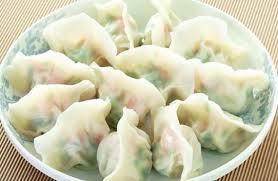
With a history of more than 1,800 years, dumpling (饺子 Jiǎozi /jyaoww-dzrr/) is a classic lucky food for new year, and a traditional dish eaten on Chinese New Year’s Eve, widely popular in China, especially in North China.
Dumplings represent wealth because of their close appearance to Chinese gold ingots, which are oval, boat-shaped hunks of gold used as currency in imperial China. By eating dumplings, you are sending away the old and welcoming the new.
Spring rolls
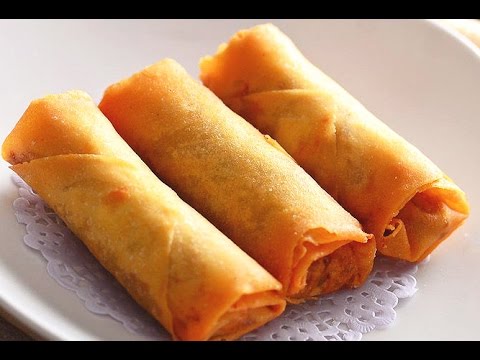
Spring rolls are also a traditional food of lunar new year. Originally, spring rolls were intended to combine all of the season’s freshest vegetables together in one dish as a way to celebrate spring.
Spring rolls are a Cantonese dim sum dish of cylindrical-shaped rolls filled with vegetables, meat, or something sweet. Fillings are wrapped in thin dough wrappers, then fried, when the spring rolls are given their golden-yellow color.
Because of their resemblance to gold bars, people also eat spring rolls to attract good fortune for the coming year.
Lucky Saying for Eating Spring Rolls
黄金万两 (hwung-jin wan-lyang/): ‘A ton of gold’ (because fried spring rolls look like gold bars) — a wish for prosperity.
Zmoji is a fun, creative and artistic app for you to bring your emojis to the next level. Stun your friends with personalized stickers, spark new conversations and show the world who you are!
